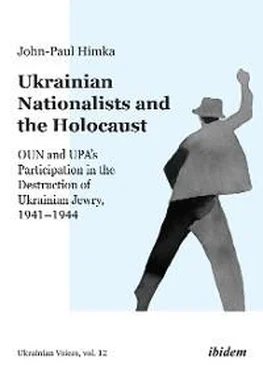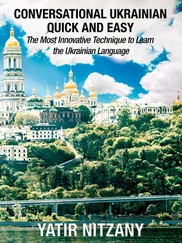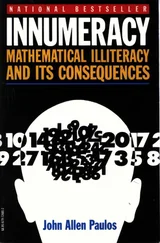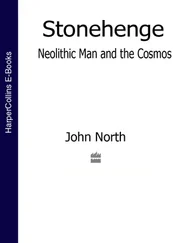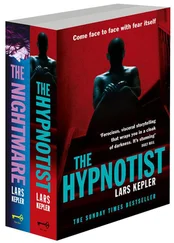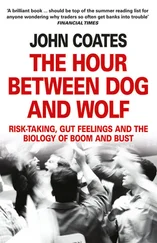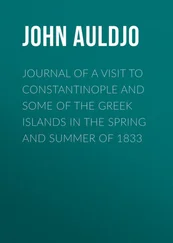The photographs discussed above are useful for establishing and interpreting the role of OUN militiamen in the anti-Jewish violence of 1941. It is important to note that all these photographs were taken by the Germans, not by members of OUN themselves; later, when relations between OUN and the Germans became strained, there were no German photographers to record atrocities committed by the nationalists. This may well be one of the reasons why I have been unable to find photographs of OUN’s activities in 1943-44 of direct utility to this study. Hundreds of photos of UPA are available for viewing online, but almost all of them are posed individual and mostly collective portraits, souvenirs for comrades-in-arms. There are also photographs of Polish victims of UPA, but I know of no photographic evidence of any Jewish actions undertaken by UPA.
I have consulted many newspapers and periodicals of the 1930s and 1940s: OUN publications from the entire period, the legal Ukrainian press under Nazi occupation, and postwar periodicals from displaced persons’ camps in Germany and the POW camp in Rimini (where soldiers of the Waffen-SS Division Galizien were interned). Much of this research was conducted in the Stefanyk library in Lviv and at Oseredok in Winnipeg. Many Ukrainian periodicals are available online at libraria.ua .
Most useful for this study was the OUN press. The party organ Rozbudova natsii came out legally in Prague in 1928-34 and was smuggled into Ukrainian territories in Poland and Romania. It was a venue for open debate and fresh ideas, within, of course, the limits of nationalist discourse. Though it provides many insights into the evolution of OUN thinking, it represented the émigré leadership more than the activists and militants in Galicia and Volhynia. I think one gets a better feel for the latter reading the OUN popular press that came out of Galicia. Nove Selo was a weekly newspaper that came out in Lviv in 1930-39; aimed at the peasantry, it contained much practical advice related to agriculture but also carried articles of a more ideological nature. OUN also briefly managed to publish a fortnightly newspaper aimed at workers. Homin baseinu , intended for workers in the Boryslav oil basin, came out in Drohobych (P Drohobycz) in 1937 and was renamed Homin kraiu in December of that year; it lasted until the beginning of June 1938. The workers’ paper featured many articles aimed against communism and the Soviet Union. Analysis of the Soviet Union was the specialty of the monthly Het’ z bol’shevyzmom edited by Ivan Mitrynga. Only three issues of the journal came out, but it shows how seriously the Mitrynga group followed events in Soviet Ukraine and in the Soviet Union as a whole; Het’ z bol’shevyzmom published academic Sovietology from a nationalist perspective. In 1942-46 OUN-B published an illegal, underground periodical, Ideia i chyn . It contained ideological articles, nationalist propaganda, and news.
The legal Ukrainian-language press that came out during the German occupation of Ukraine was often at least loosely affiliated with nationalist circles and sometimes, especially at the beginning of the occupation, served essentially as OUN organs. We have already seen an example of the latter from the Donbas in the previous chapter. 100 Volyn’ , which came out in Rivne (P Równe) under the editorship of Ulas Samchuk, and Ukrains’ke Slovo , which came out in Kyiv under the editorship of Ivan Rohach, were both initially under the control of the Melnyk faction of OUN. But in February 1942 much stricter German censorship was introduced and leading nationalists in the press were repressed. Samchuk was arrested and Rohach executed; Olena Teliha, a major Ukrainian poet who contributed to both newspapers, was also executed. 101 Krakivs’ki visti , which appeared under the auspices of the Ukrainian Central Committee headed by Volodymyr Kubijovyč, was a cut above the other legal papers culturally and intellectually; it was loosely affiliated with the Melnyk faction as well and, like all the occupation papers, published antisemitic propaganda in abundance. 102The Banderites initially controlled a weekly newspaper in Zboriv (P Zborów), Ternopil oblast, Zborivs’ki visti , which published for the first time the text of the declaration of 30 June 1941 proclaiming the renewal of Ukrainian statehood.
I examined numerous Ukrainian newspapers and periodicals published in displaced persons’ camps and the POW camp in Rimini (1945-49). The general tone in this press was quite depressing. The Ukrainians who had followed the Germans out of Ukraine before the Red Army’s advance saw their world collapsing. Not only had the Soviets returned to Ukraine and so many conscious Ukrainians become displaced to the West, but there was plenty of other bad news: communists coming to power throughout Eastern Europe, the suppression of the Greek Catholic church, the famine of 1946, the resettlement of the Ukrainian population in Poland, and the suppression of UPA in Poland and repression of its adherents. The Ukrainians in the camps were overwhelmed by their own memories of suffering and struggle and the bleak prospects for the future. The Ukrainians positioned themselves now as virulently anti-German, their initial flirtation with the Germans being presented as an honest error. And they remained anti-Soviet.
I was curious if the immediately postwar Ukrainian press continued to publish antisemitic articles and discovered that overt antisemitic statements had almost disappeared, even though many of the same journalists continued to work in the new environment. Although occasionally concerned with Polish-Ukrainian relations, Jewish-Ukrainian relations and the issue of the Holocaust and Ukrainian participation in it were hardly mentioned at all. What was developing, however, was a defense of Ukrainian behavior with regard to the Jews, although, as I’ve said, the issue was rarely treated at all.
There may well be more, but I found only two articles that confronted the stance of Ukrainians in the Holocaust. One was written in 1947 by Volodymyr Yaniv, an OUN activist who had been arrested several times by the Polish authorities. He published an article in defense of “the good name of the Ukrainian people,” which was a response to generalizations about Ukrainians made by Eugen Kogon in his seminal work on the Nazi concentration camp system. 103Yaniv did not deny that some Ukrainians took part in the Holocaust, but he said that certain things had to be taken into account: What was the extent of these Ukrainians’ guilt? “Were they the initiators, or only the executors,” and were they not acting under “bestial duress”? Kogon had also accused Latvians, Lithuanians, and Poles of antisemitism, “thus more or less all the nations on whose lands the mass liquidations of Jews occurred; this then is proof of an action coordinated from above rather than an expression of the genuine feelings of the above-mentioned nations. The ‘antisemitism’ of these nations was only a result of the pressure of the occupier.” Yaniv considered participation in the Holocaust the responsibility of “criminal individuals” and omitted mention of any group that bore political responsibility. Yaniv blamed the robbery of Jews during their transit to the Lviv ghetto on “the Lviv rabble ( motlokh )—in equal measure Ukrainian and Polish.” One cannot, he admonished, generalize about the behavior of entire nations from such incidents. “It is well known: the rabble. The law of the mob.” 104
The other article, which also appeared in 1947 but in a different newspaper, was anonymous and simply entitled “Ukrainians and Jews.” It reported that a Yiddish periodical, Ibergang , in discussing children rescued during the Holocaust had mentioned the efforts of the Greek Catholic metropolitan of Halych and archbishop of Lviv, Andrei Sheptytsky. 105The article mentioned Sheptytsky’s letter to Himmler condemning the murder of defenseless and innocent people. It concluded: “These facts most obviously contradict the malicious and baseless inventions of the enemies of Ukrainians about ‘antisemitism’ and ‘pogromism’ of the Ukrainian people.” 106
Читать дальше
